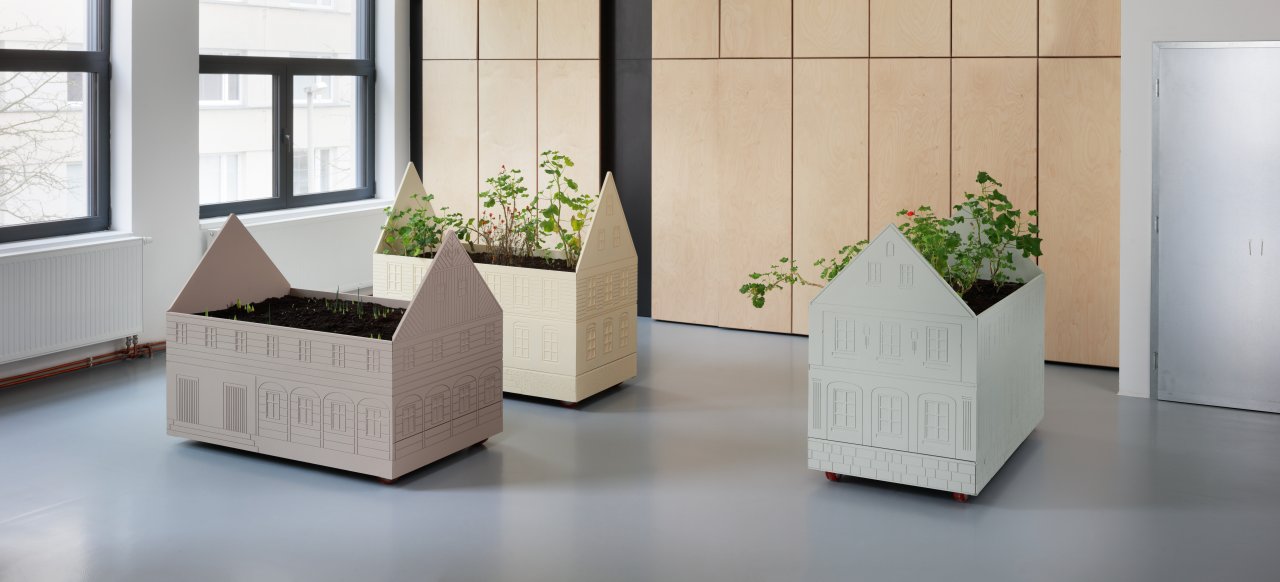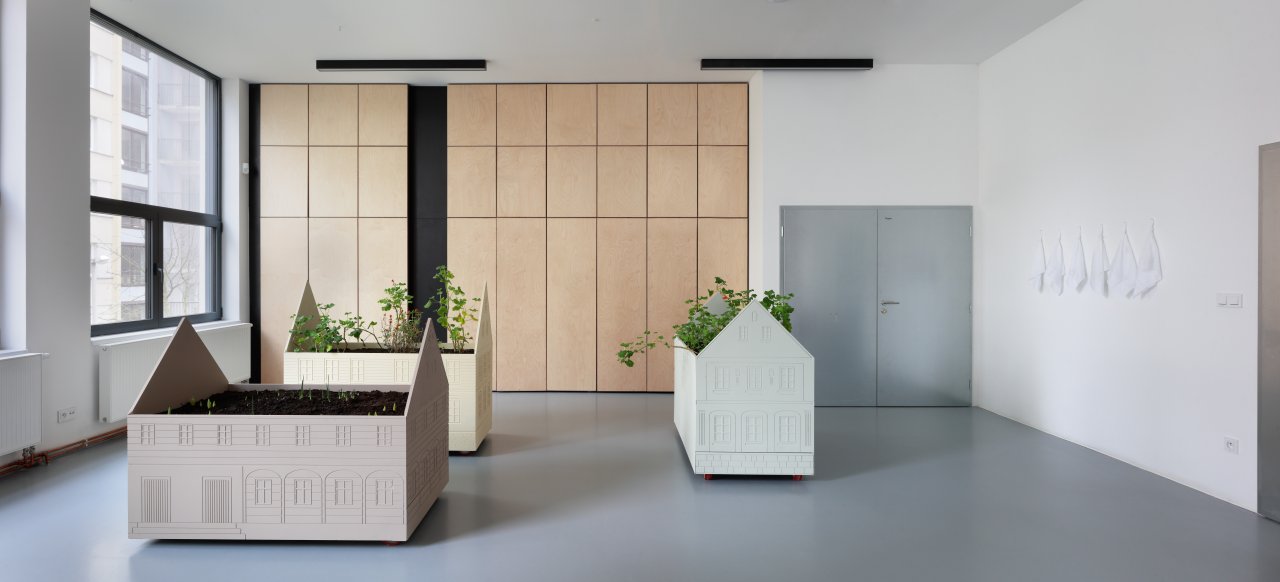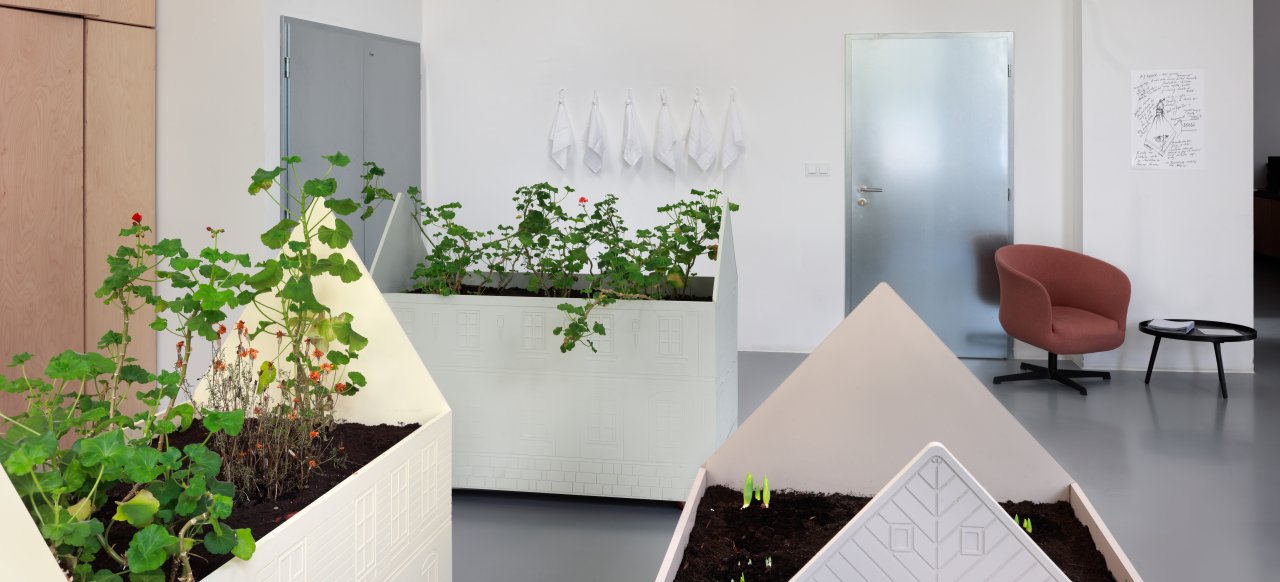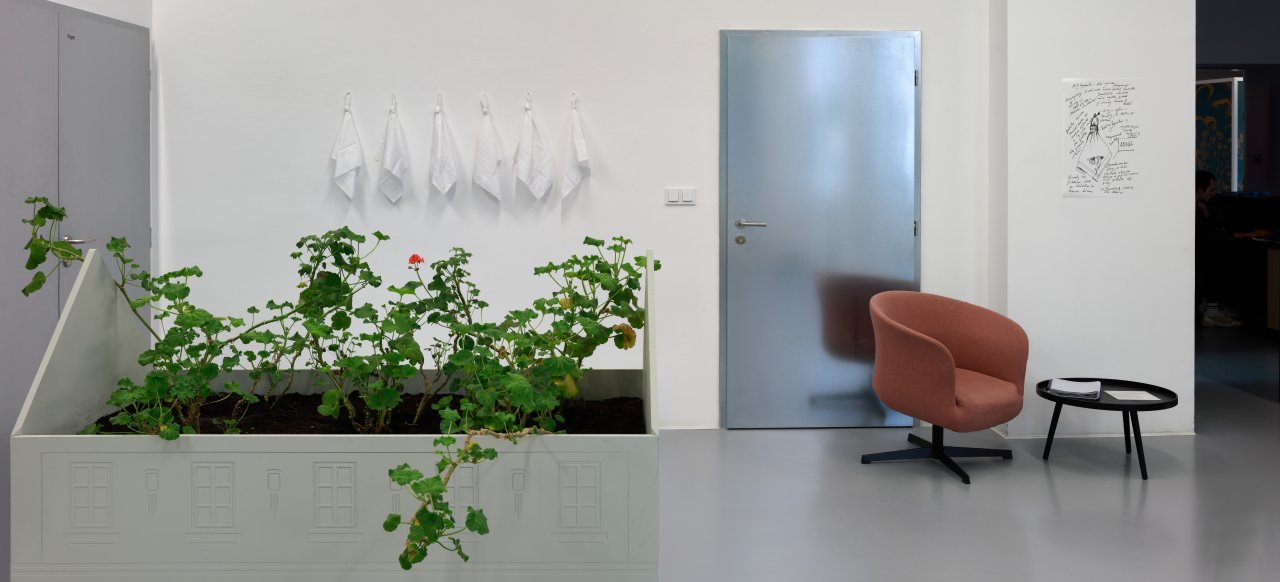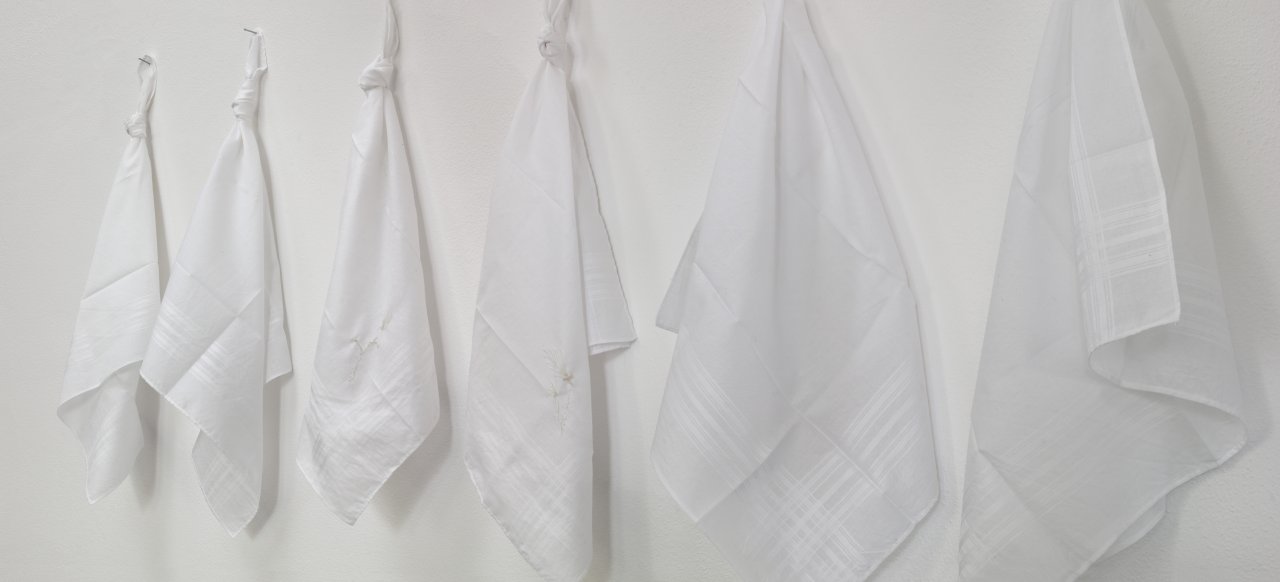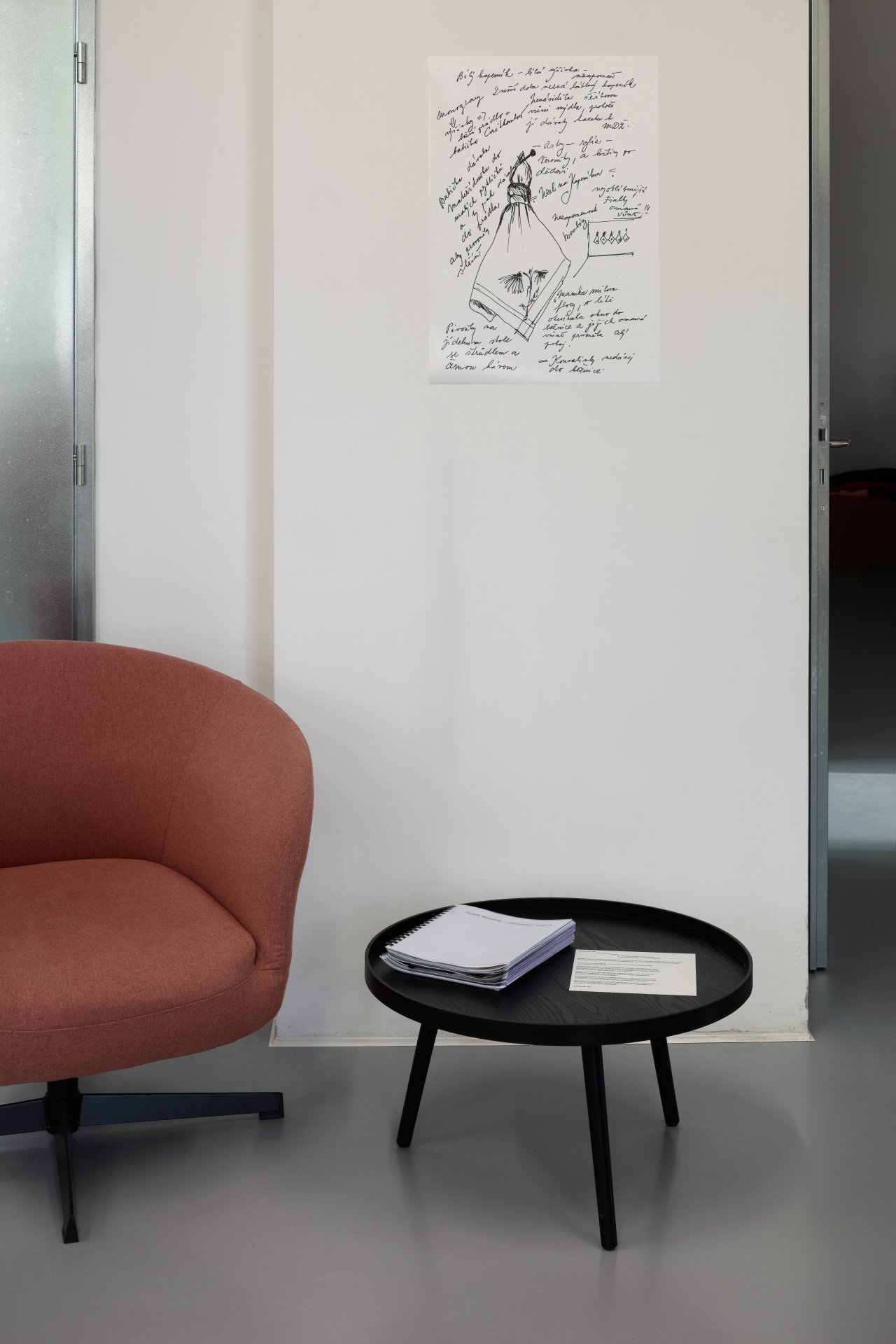The House 2023/2024
installation, flowers and pots
The planters are based on the traditional country architecture of gabled houses. They are reminiscent of the rural urban line of two-storey houses. Each house is solitary. They can be installed individually in the garden or in the house, or in compact units – semi-detached house, country estate, secluded settlement…. The compositions can remind people in the Domov Velké Březno, which cares for clients with Alzheimer’s disease or other forms of dementia, of their childhood or life. We work with the fact that small visual shards can connect people with the disease to the memory centre, activating the mind that the centre’s assistants work with. An essential element of the pots, besides the visual form, is the colour. Specific colours and shades help clients to orient themselves well and have a positive effect on their senses.
Open-top planters. Human memory is like a soil full of our past, our memories, objects that we don’t need but are still part of us. Memories are like the holidays we spend at grandma’s house surrounded by junk. The house is our world, the house is our identity. Open space, open mind. We create a space to meet with family, clients, assistants at the center.
The planters are planted with flowers that were typical of the time period of the clients’ youth. We respect and work with the information that clients very often have an active early memory center. Therefore, given the age of the clients, we draw on the visual appearance of the architecture of the post-war and 1950s. Planters can be seen as stylized front gardens, flower gardens, meadows, windowsills, conservatories, houseplants. They are planted with bulb flowers, geraniums, phlox, roses, rudbeckia, snowdrops, lilies of the valley, daisies, asters, azaleas, tulips. These are old flower varieties that have a distinctive fragrance and are not so popular in contemporary gardens. However, they are very helpful in scent therapy, a mind-opening methodology. By using old varieties we open up these senses and help the assistants in their work.
The cloth handkerchief is fading into oblivion for the new generation. The knot on the handkerchief is an archaism of our time. The message on the handkerchief, with its delicate embroidery on white linen, is a stylization of the invisible past. We are trying to put the viewer in a situation where it is impossible to recall a situation or moment clearly, to realize how non-specific memories can be.
Forgetfulness is the fleeting moments of winter in which we forget the beauty of a luscious spring, an intoxicating summer. The misty past is a tree in the middle of a deserted frosted meadow. The freezing cold wind cuts a blankness in our faces. Day has merged with night. The sun has become the moon, shining with white light. Flowers like albinos blend with the whiteness of the day. A scentless odor. White water rolls through the mossy landscape. A flicker of colour makes the rose nervous on parched lips. Reds behind a wall of randomness. Smell, odor, fear. The unraveling over the meadow with the breeze of daisies, bluebells and chicory. Peonies of gardens, lilacs of glades, roses turning into arrows of winter teas. Wipe your forehead with a white handkerchief, wave goodbye, surrender, tie a knot, remember.
